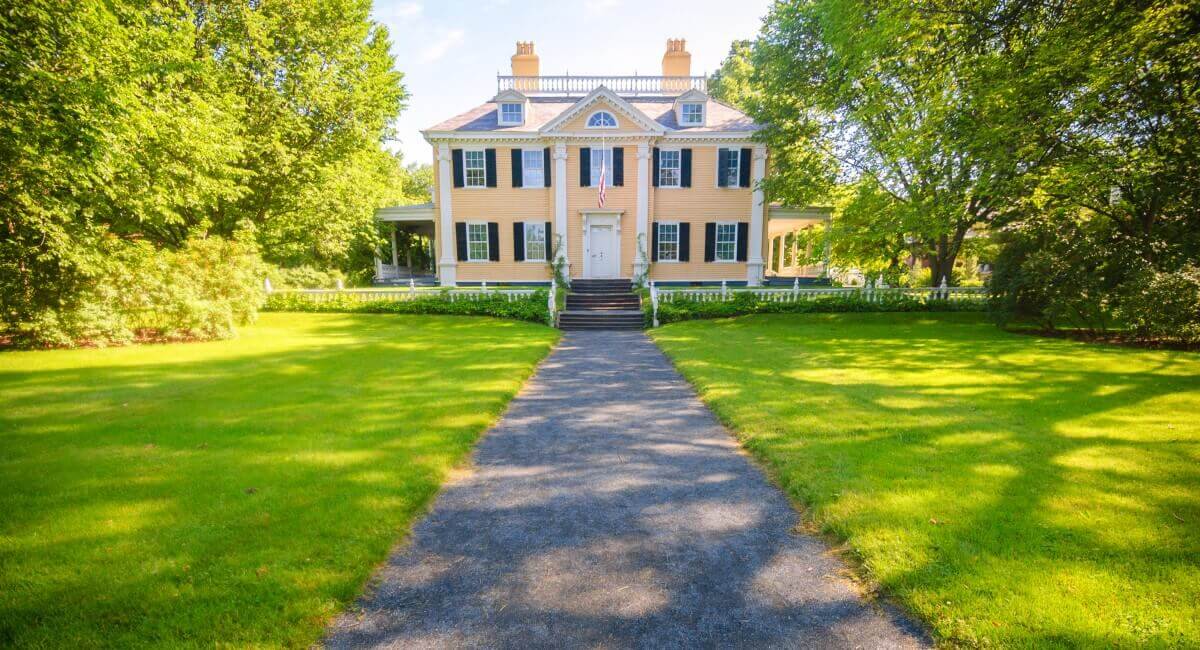Introduction
Getting your hands on a historic property can be an exhilarating experience. Unlike newer constructions, these homes provide charm and character. But this also brings with it its own set of challenges. Home inspections are a vital step in securing this type of investment. Read on for some great advice on what to look for when inspecting a historic property so you can be sure of what you’re getting yourself into.
Understanding Historic Homes
Historic homes are rich with architectural details that lend insight into the past. From custom architectural detailing to original hardwood floors. Why each of these matters — you need to know. Buyers need to understand not just the aesthetics but also the skeletal component. Understanding the period during which the home was constructed will help you with construction practices and materials.
Identifying Common Issues
However, fixing certain things can come with specific challenges that are more common with older homes. Historic properties may have old electrical systems that are not able to handle modern appliances. Older plumbing systems may contain materials that are prone to corrosion. Roofs, commonly created using what are now regarded as obsolete materials, could need careful consideration. Spotting these possible issues early on can save you money in repairs later down the line.
Engaging a Qualified Inspector
Finding an inspector who specialises in historic properties is essential. Some inspectors do not understand the nuances of older homes. An experienced professional will know the specific strengths and pitfalls. They will do a complete inspection and write a thorough report about the property’s condition. This helps buyers make informed decisions.
Checking Structural Integrity
The structural soundness of a historic house is of utmost importance. Over the years, some foundations shift, causing cracks or an uneven floor. It should entail checking the foundation and stability of the whole. Check for signs of water damage or rot in walls, ceilings, and floors. The home must be secured with a strong structure so that it can last for ages.
Assessing the Roof and Exterior
Rooftop is basically the cover protection of the home from the outer surroundings. The most important consideration, of course, is that the roof (specifically its shell and membrane) is sound and does not leak or have significant damage. The outside inspection also includes siding, windows, and doors. These will help the property to be energy-efficient and look aesthetically pleasing.
Evaluating Heating and Cooling Systems
In older homes, heating and cooling systems may not be as efficient as they are today. During an inspection, this system should be checked to verify whether or not it is functioning properly and efficiently. This improves comfort while lowering energy costs, making replacing or upgrading these systems a great investment.
Analysing Historical Restrictions
Restrictions may apply to historic properties to maintain the character. These regulations can affect renovations or modifications. Buyers must get used to the relevant guidelines. Knowing these limits helps ensure that changes remain within the preservation guidelines.
Considering Renovation Costs
The cost of renovations for historic homes can be high. Buyers need to get quotes on any repairs or improvements that may be needed. However, should be included in the overall costing. This methodology aids in finding out if the property is a good investment or not.
Utilising Local Expertise
This is where local expertise can help during the inspection. Those experienced with the historic properties of the area can provide expertise. They might be aware of regional-specific problems that are common. Advice from a local inspector, such as assistance with “home inspection in clermont fl, ” will be specific to your building and your environment.
Prioritizing Safety
However, above all, safety should come first. Hazardous Materials: Older homes may have lead paint or asbestos. It should be noted that testing for these substances is critical. It is important to work on safety issues ahead of time so that all residents will have a safe place to live.
Final Thoughts
Think Twice Before Buying a Historic Home. Performing a thorough home inspection is the initial step in home preparation to identify any problem, condition or issue. Buyers can use the peculiarities and possibilities that accompany historic properties to help guide their decision-making. With the appropriate preparation and guidance, owning a piece of history can be a fulfilling reality.

